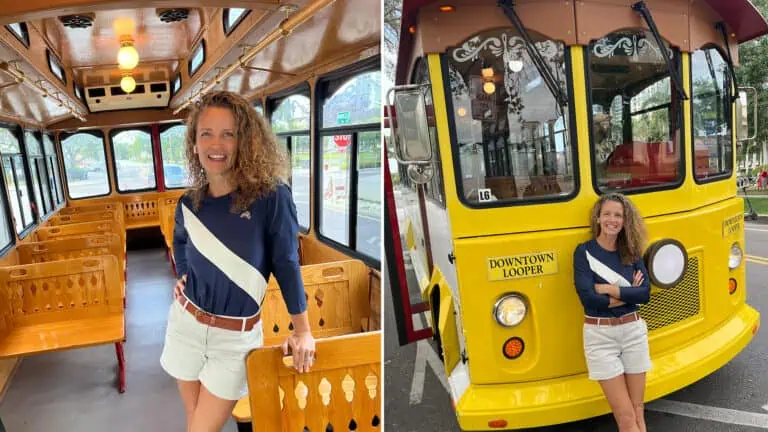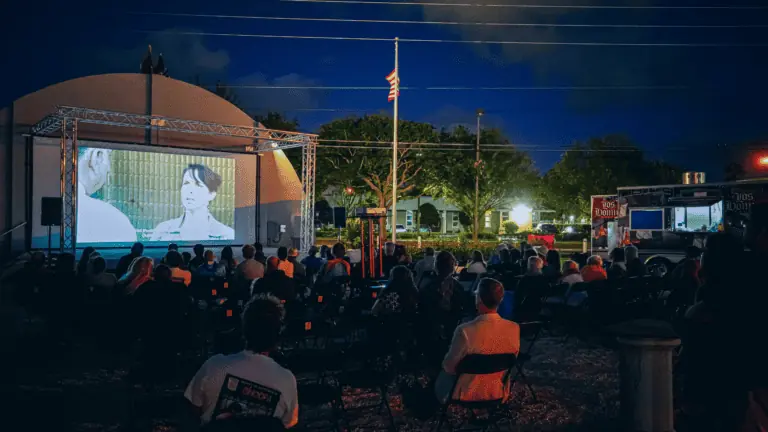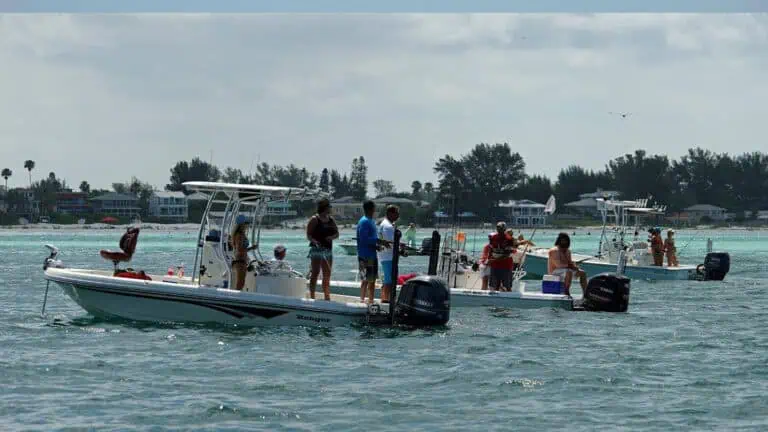A powerful new exhibition is on display at The James Museum with the opening of Away From Home: American Indian Boarding School Stories. Open until March 16th, the exhibition can be seen with admission to The James Museum of Western & Wildlife Art, open daily from 10 am to 5 pm, and on Tuesdays from 10 am to 8 pm.
The exhibition tells the stories of federally operated boarding schools aimed to eradicate Native American cultures through the forced assimilation of children. Using historical photographs, objects, interactive timelines and interviews, the experience shares individual stories of pain, heartbreak and resilience.
ADVERTISEMENT
The moving exhibit is made possible by NEH on the Road, a special initiative of the National Endowment for the Humanities. It was adapted from the permanent exhibition, Away from Home: American Indian Boarding School Stories, organized by The Heard Museum in Phoenix, Arizona.
“Art is story and museums have a unique ability to share stories that allow us to see, feel and learn of lived human experience in a powerful way. This exhibition on American Indian Boarding Schools is an opportunity to learn about our past and make connections that inform our present and future,” said Laura Hine, Executive Director at The James Museum.
Heartbreaking history offers reminder of past sacrifices
Like many stories of the country’s past, Away From Home is a reminder of how important it is to recognize real history, no matter how awful the acts committed, as a way to both honor the past and protect the future. The experience provided by Away From Home is just as incredible as its story is heartbreaking.
ADVERTISEMENT
Beginning in the late 19th century and continuing into the 20th century, the United States government aimed to eradicate Native American cultures through forced assimilation of children via federally operated, off-reservation boarding schools. Thousands of children were removed from their families and communities, and were stripped of their languages, religious practices and community connections.
The children were trained for domestic labor and forced to work in strictly regulated environments. Students sometimes went years without familial contact, which caused lasting, multi-generational impact.
Native Americans responded to the boarding school experience in complex and nuanced ways. Stories of student resistance, accommodation, creative resolve, devoted participation, escape and faith in oneself and heritage speak individually across eras. Boarding schools were designed to remake American Indians, but it was American Indians who eventually changed the schools.
After graduation, some students became involved in tribal political office or the formation of civil rights and Native sovereignty organizations. The handful of boarding schools remaining today are Native-run, and they embrace Indigenous heritage, languages, traditions, and culture.
“Some of the artists in our collection attended American Indian boarding schools, and we are showing their artwork alongside the historical documents and personal stories in this exhibition,” said Emily Kapes, Curator of Art. “Their boarding school experiences had a profound and lasting impact on their art, further demonstrating the effect boarding schools had on generations of Native Americans.”
For more information on the exhibit and to purchase tickets, visit The James Museum’s website.
ADVERTISEMENT























